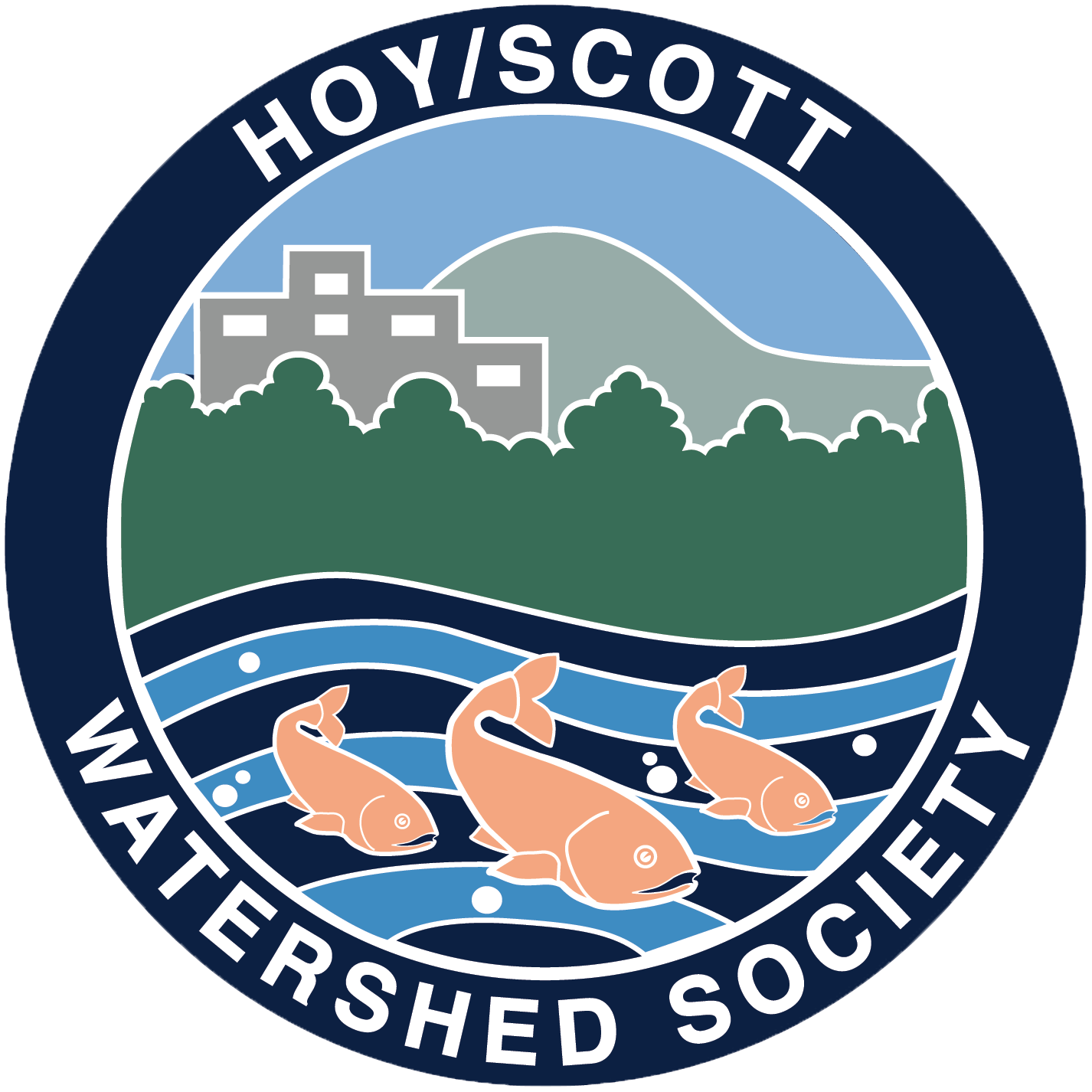Notice to Area Residents: Break-in at Hoy Creek Hatchery
We regret to inform the community that a break-in occurred at Hoy Creek Hatchery, discovered the morning of January 13th by one of our dedicated feeders. The incident has left us puzzled, as the items removed were primarily related to fisheries education or hatchery operations.
We kindly ask for your assistance in keeping an eye out for anything unusual. If you noticed anything suspicious or if you notice any discarded items or suspicious activity along the trails or around city center, please report it to the Coquitlam RCMP.
How to Help:
Report any findings to the Coquitlam RCMP non-emergency/information line at 604-945-1550.
Reference File No.: Coquitlam 25-977 when making your report.
Your vigilance is vital in helping us recover these materials and ensuring the safety and integrity of our hatchery operations. Thank you for your continued support.
— The Hoy/Scott Watershed Society






